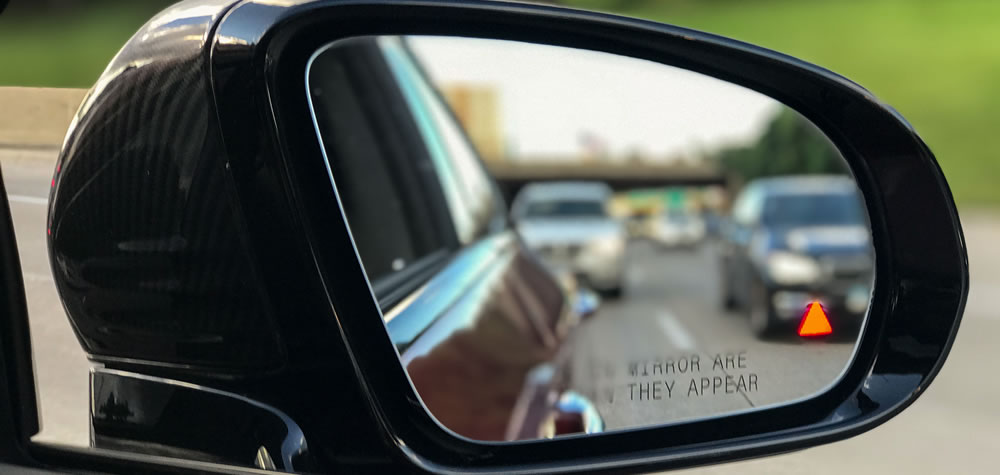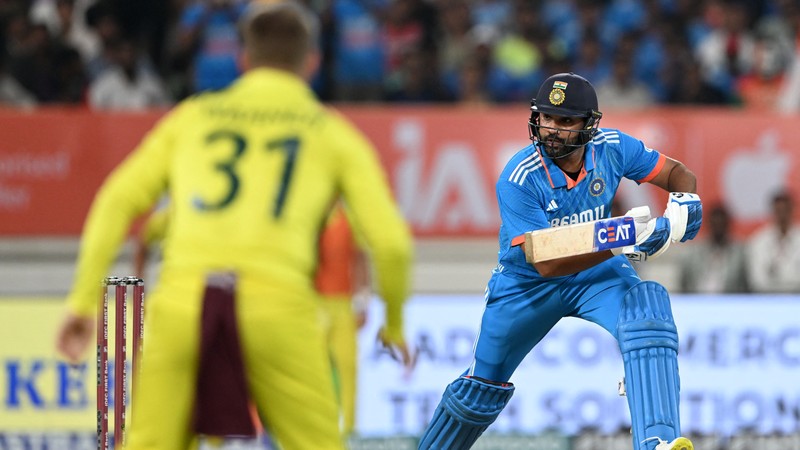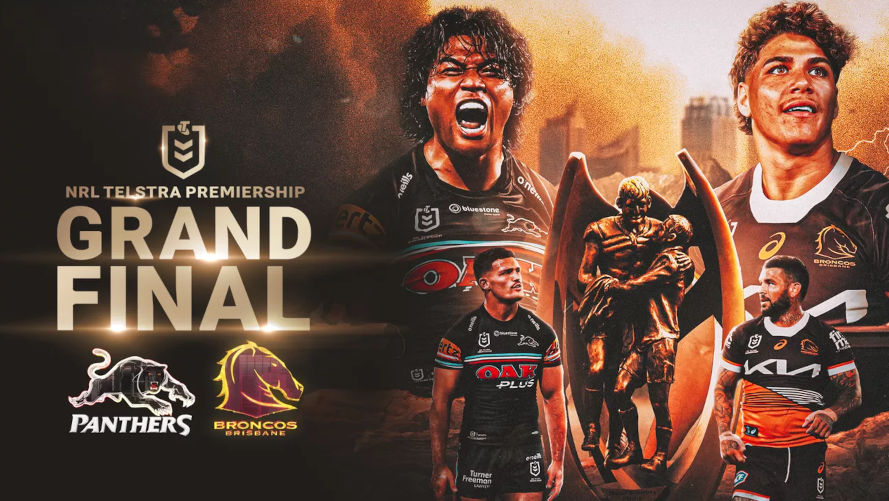daily fantasy sports articles
Understanding Your Bias Blind Spot in DFS

The final article in this series looks at Bias Blind Spot, which is the bias of not recognizing our own biases. Named after the visual blind spot (like in a car), Bias Blind Spot sees us believe we are less vulnerable and thus less effected by biases then our peers. In DFS this is a problem, as we are relinquishing a potential edge to our own self judgement.
Bias Blind Spot
Bias Blind Spot = recognizing the impact of biases on the judgment of others, while failing to see the impact of biases on one's own judgment.
Blind Spot Bias acts just like the blind spot in a car. We go through the process of checking our mirrors and indicating, however when we go to merge, there is a car that we didn’t see. In DFS, we go through our process of checking recent form, looking at the weather, role changes and opposition match-ups. Yet we may overlook what was really happening. We missed it because it was in our Bias Blind Spot, the spot where we believe we are not being affected by biases and are making sound and rational decisions. While it may be obvious to us that others are being influenced by recent performance of a player, we ourselves are oblivious to the cognitive biases unconsciously active and effecting our decision making.
Causes of Bias Blind Spot
One of the major causes of Bias Blind Spot is our motivation to view ourselves in a positive light. From this perspective, biases are viewed as negative hindrances, as such we can believe our decision making and judgements are accurate, logical, rationale and bias free. Additionally, over-confidence and optimism bias are also both associated causes, as they misalign our perception of our ability, clouding our own introspective judgment of ourselves.
Additionally, the build-up of multiple biases contributes to Bias Blind Spot, with many of our decisions already effected by an array of biases, causing our brain to create short-cuts to decrease thinking time and reach an answer quicker. This build up of biases makes us feel confident that we are consciously aware of how and why we make our decisions.
How to avoid Bias Blind Spot
To gain sight of our Bias Blind Spots, we need to accept that we are all affected by biases and must remove overconfidence and inflated perceptions of our own self. To do this can be hard, as when we introspectively look at ourselves, we can identify the consciously acting biases, however miss the biases that act unconsciously. When looking at ourselves, these unconscious biases can elude us, as such, remaining in our Bias Blind Spot.
A better approach is to look at the decisions we are making and identify what biases may be active, effectively separating ourselves from the biases. This mechanical approach can help locate all active biases and focus on the tools to manage them. Below is a table summarising all the biases from this series along with the ways we can avoid them.
|
Bias |
Description |
How to avoid |
|
Base decision on first value we see |
Identify where anchor should be |
|
|
Too much information |
Is the information actually relevant |
|
|
How information is presented |
What angle is the information presented from |
|
|
Pre-held beliefs |
Look at the probability of it being a good/bad decision |
|
|
Believe positive more likely to occur |
Identify what the worst-case scenario is |
|
|
Perceptions of our ability are skewed |
Look at the likely range of outcomes of a decision |
|
|
Over exposure to something causes us to go into auto-pilot mode |
When feeling comfortable, brain may be using bias to skip information |
|
|
Urge to always act |
Be patient and avoid hyperactivity |
|
|
Substitute an easier questions answer for a hard question |
Reverse the question |
|
|
Focusing only on successes |
Ask, what data don’t we have? |
To put this table into use, below is an AFL DFS example which outlines a decision, the active biases and tool used to avoid them.
|
Cedric Cox, R23 first game for the season |
||
|
Active Biases |
Bias effected information |
Implement tools to avoid bias |
|
Anchoring Bias (choose first value we see) |
2019 NEAFL avg is 74 |
AFL 2017 average = 38 AFL 2018 average = 49 Combined average = 43.5 |
|
Optimism Bias (believe positive will occur) |
Could have a slate breaking value game |
Worst-case scenario he has around 5 kicks, 1 mark and 1 tackle for a score of 21 |
|
Substitution Bias (substitute easier question) |
Will he score well as a forward against Richmond? Richmond give up 3rd most points (65) to forwards. |
Reverse question, will he not score well? Richmond give up (45) to bottom 3 forwards |
|
Outcome |
Based on 2019 NEAFL average of 74, and Richmond giving up 65 points to opposition forwards, could be in a for a slate breaking value game. |
Using previous AFL average of 43.5 and Richmond giving up 45 to bottom 3 forwards. Likely range is closer to 45 - 50 |
As we can see, by avoid Anchoring, Optimism and Substitution bias, we come to an outcome which provides a more realistic anchoring point, identifies the worst-case scenario and highlights another perspective on the player’s opposition. Using this type of analysis prevents us from making the cognitive shortcuts our brain wants, instead using probabilistic reasoning to providing a range of outcomes. The above example shows how highlighting the active biases, can help avoid Bias Blind Spots.
That brings an end to our DFS Mindset Series from Kansas. We hope you enjoyed the incredible insights that he provided throughout this series, and we look forward to more great content from Kansas in future. The entire series is archived in our DFS Training Camp section for future reference.





